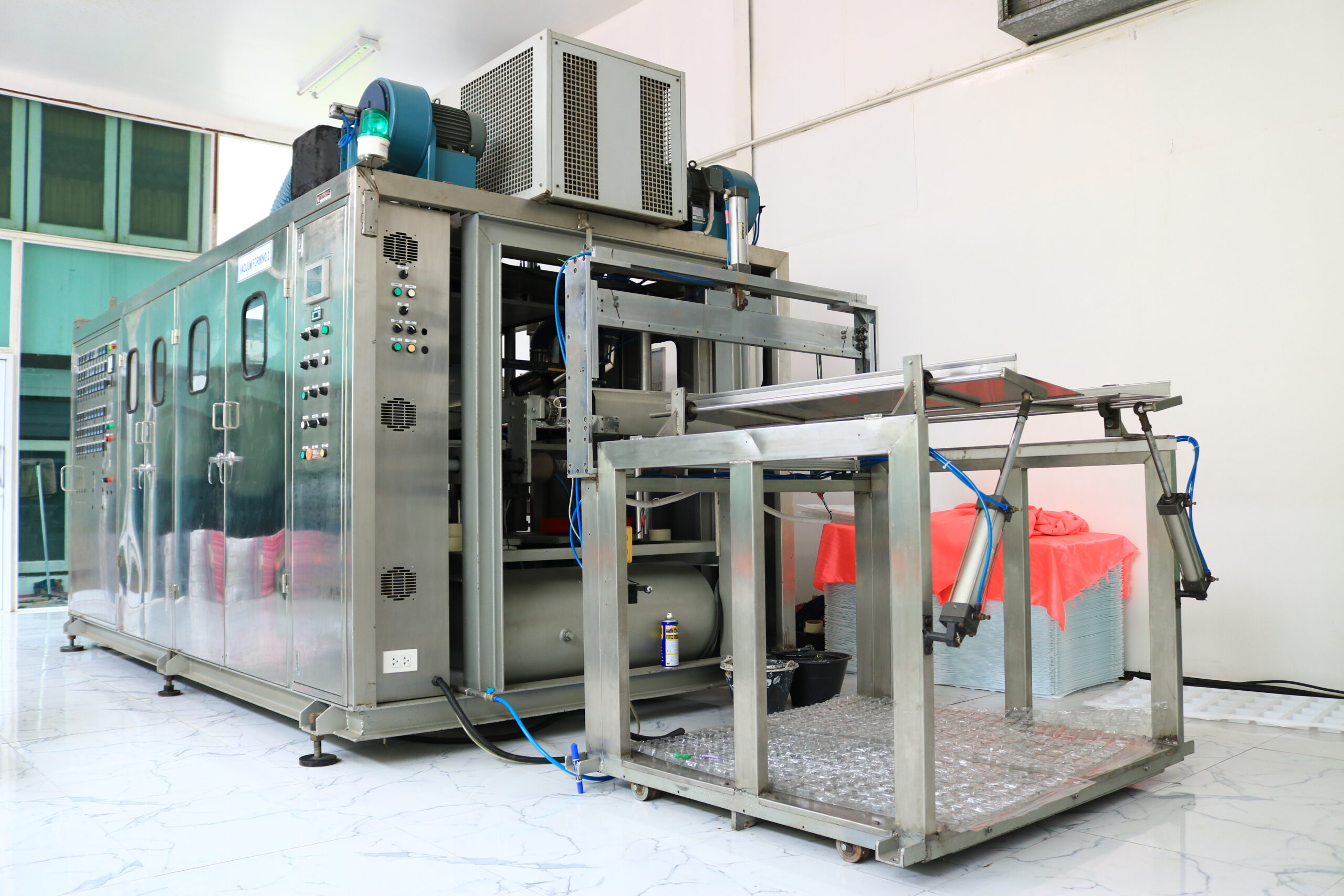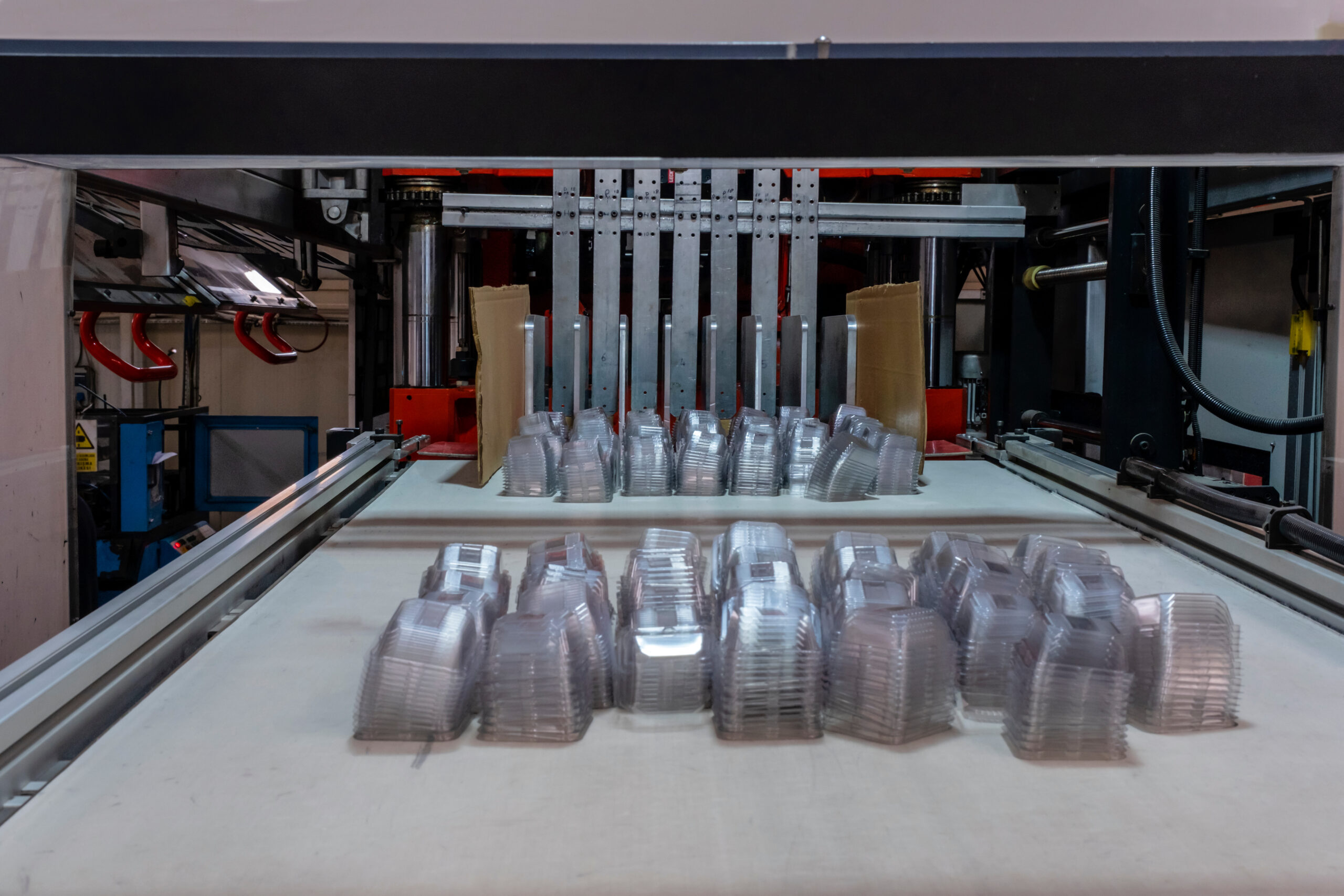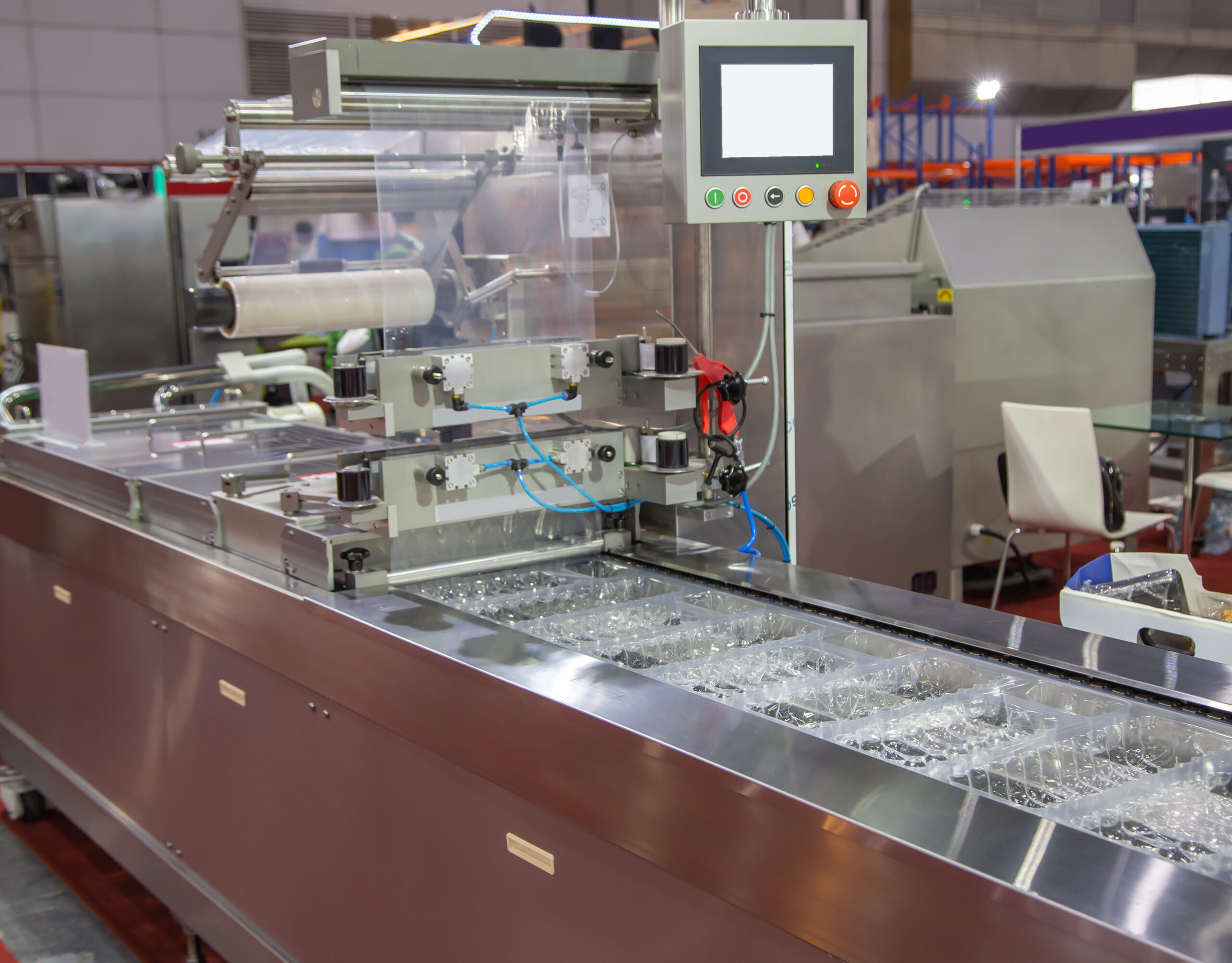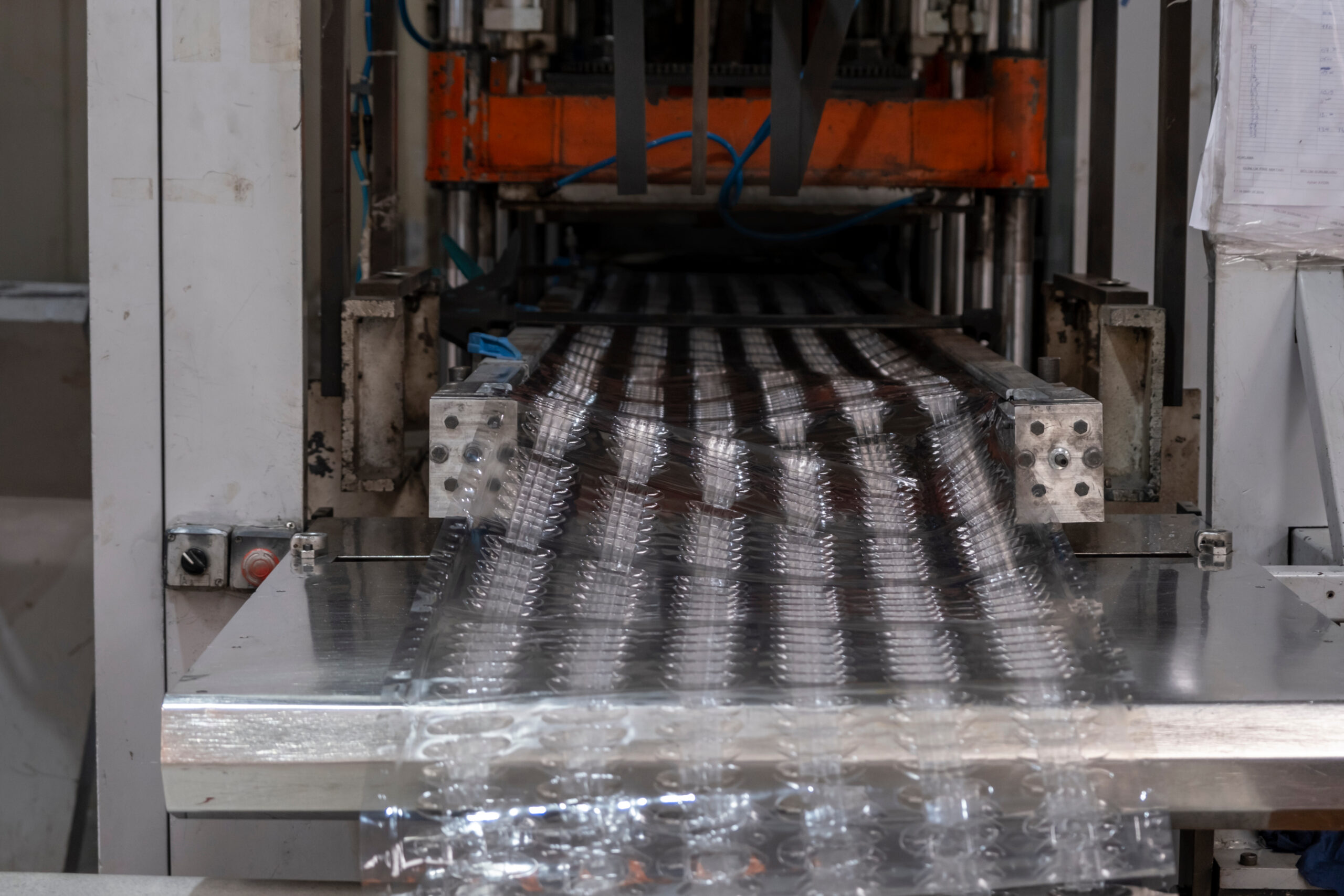 In the growing material thermoforming industry, several factory automation issues are being addressed to enhance productivity, efficiency, and overall manufacturing performance. These issues include:
In the growing material thermoforming industry, several factory automation issues are being addressed to enhance productivity, efficiency, and overall manufacturing performance. These issues include:
Process Control and Monitoring
Ensuring precise process control and real-time monitoring is crucial in the highly competitive thermoforming business. Automation systems need to accurately control sheet positioning, heating, cooling, pressure, and various timing parameters to deliver consistent, high-quality products. Implementing advanced control systems and sensors enables better process control and reduces the risk of errors or variations that cost time, money, and customer satisfaction.
Tooling Changeovers
Quick, efficient tooling changeovers are essential to minimize downtime and increase production flexibility. Thermoforming operations often involve switching between different molds and tooling configurations to produce various product designs and sizes. Developing automated tooling change systems can streamline the changeover process, reduce manual intervention and improve production efficiency.
 Material Handling
Material Handling
Material flow management is critical for efficient thermoforming operations. Automating material handling and feeding processes, such as the loading of roll stock or sheets, improves productivity, reduces material waste, and minimizes the risk of errors or material contamination. Automated material handling systems can integrate with upstream processes, such as roll unwinding and alignment systems, to ensure consistent and reliable material feeding and integrate with downstream systems as well, including stacking, packaging, labeling, and inventory control.
Trim Removal and Scrap Handling
Thermoforming processes generate trimmings and scrap material that need to be efficiently removed and managed. Automating the trim removal process, including cutting, collecting, and conveying trimmings for recycling or disposal, enhances production efficiency and reduces manual labor requirements. Implementing robotic systems or specialized trim removal equipment helps streamline the scrap handling process. And recycling this scrap material gives your operation a “greener” look and some positive PR possibilities.
 Quality Inspection and Defect Detection
Quality Inspection and Defect Detection
Automating quality inspection and defect detection processes ensure consistent product quality and minimize the risk of defective or non-conforming parts getting to your customer. Automated vision systems and sensors on the production line can perform real-time inspections, identify defects, spot dimensional variations, or flag surface imperfections. Automating the rejection or rework process for defective parts helps maintain product quality and reduces waste. The time to catch and correct defects is before your customer gets their products from you.
Data Collection and Analysis
Collecting and analyzing production data is essential for process optimization, predictive maintenance, and quality control. Automation systems can capture and record data on key process parameters, equipment performance, material usage, and product quality. Analyzing this data using advanced analytical tools enables manufacturers to identify trends, optimize process settings, and make data-driven decisions for continuous improvement in both process and cost. Being able to predict needed maintenance delivers more up-time, increases productivity, and reduces costs for both personnel and machines.
 Operator Training and Safety
Operator Training and Safety
Automation systems need to be user-friendly and provide comprehensive training to operators. Intuitive human-machine interfaces (HMIs) and clear, easy-to-understand graphical displays simplify system operation and troubleshooting. Additionally, safety features such as emergency stop buttons, interlocks, and safety sensors are essential to protect operators and prevent accidents. And improvements in these areas can sometimes pay big dividends in labor relations.
Integration with Enterprise Systems
Integrating automation systems with enterprise resource planning (ERP) systems and other business software enhances data sharing, inventory management, production scheduling, and order processing. Seamless integration allows for better coordination between production and other departments, enabling real-time visibility and improved decision-making. And has the possibility of reducing overall costs, allowing – in many cases – for lower costs to be passed along to customers. And isn’t everyone looking for ways to keep existing customers happy?
Addressing these factory automation issues in the material thermoforming industry requires collaboration between equipment manufacturers, automation experts, and thermoforming manufacturers. By leveraging advanced automation technologies available through Industrial Indexing Systems, such as closed-loop servo motion control, robotics, machine vision, artificial intelligence, and data analytics, manufacturers can overcome these challenges, optimize their operations, and achieve higher productivity, efficiency, and quality in the thermoforming process.
